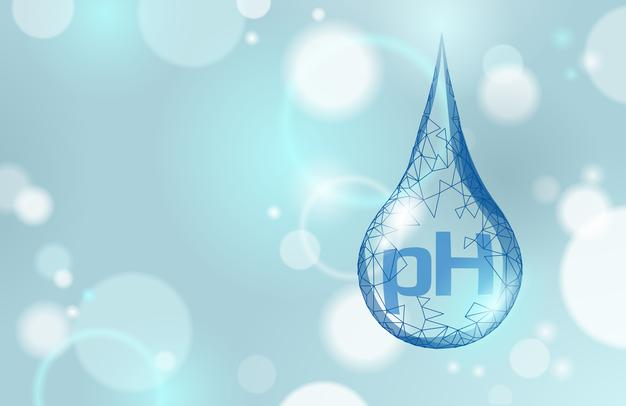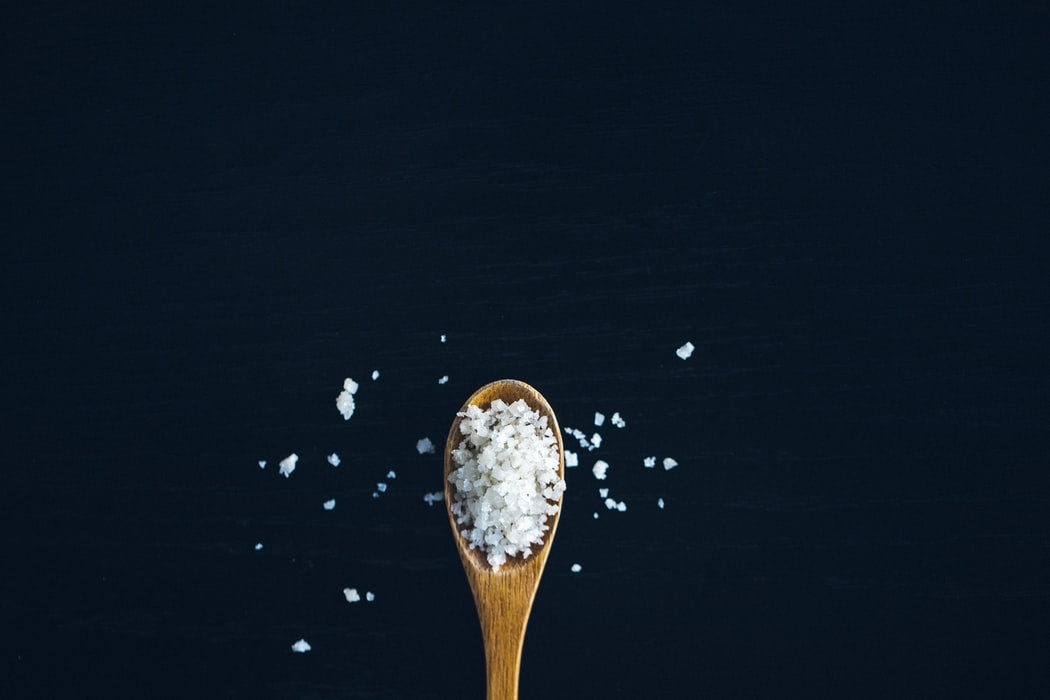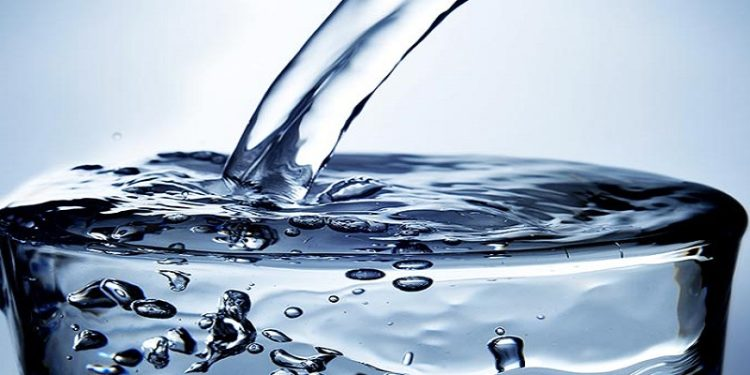Buyer’s guide to UV water purifiers
UV water purifiers come in many different types and sizes. Some types are better suited for specific situations than others. For example, a home that uses well water requires more water disinfection than a home that is connected to a city water supply. Regardless of your water source or home size, there is a UV water purifier that best suits your needs. Below you can find information about the types of UV water purifiers, how to size your UV system, and other tips when purchasing a system for your home.

Basic concepts of water filtration with UV rays
UV water purifiers are used to decontaminate water containing bacteria, viruses and parasites. The most common application for UV water treatment is well water, but many homeowners choose to protect their municipal water from microorganisms in rare cases of contamination.
UV systems use a bulb that emits UV-C light, a specific wavelength of ultraviolet light that inactivates microorganisms. Once neutralized, these microbial contaminants cannot regenerate and are no longer a threat. However, the water supplied to the UV system must be as clean as possible. Minerals, sediment and dirt prevent UV light from reaching the microorganisms it is supposed to neutralize. Therefore, pretreatment systems, such as water softeners and sediment filters, are essential for successful UV water filtration.
Can a UV water purifier treat water for the whole family?
Yes, a UV system is a point of entry (POE) system and not a point of use (POU), meaning all the water that enters your home is treated by the UV system. This ensures that all water used for drinking, cooking, brushing teeth, bathing and other uses is free of microbial contaminants. If you want to treat more water at a single faucet, such as cooking and drinking faucets, consider a POU reverse osmosis system.
What size UV water purifier do I need?
UV systems are measured by flow rate, the number of gallons they process per minute. The standard flow rate of a UV purification system is 8 gallons per minute (gpm). However, a large home will require a higher flow rate system to meet its water needs. You can determine the best size for a UV system by using the number of bathrooms as a reference. For example, a home with 1 bathroom can safely use a 6 gpm UV system. For each additional bathroom, 2 to 3 gpm should be added to the total. When in doubt, it is always better to increase the size of your system than to reduce it. A UV water purifier that is too small for your home’s flow rate will not adequately treat the water, putting people in your home at risk of waterborne illness.
- 1 bathroom– 6 gpm or higher
- 2 bathrooms– 8 gpm or higher
- 3 bathrooms– 10 gpm or higher
- 4 bathrooms– 12 gpm or higher
Is the flow rate of a UV water purifier important?
Yes, the flow rate of water through the UV system determines whether the water is exposed to the UV light long enough to inactivate microorganisms. The flow restrictor is an essential component for every UV system. If the flow rate is not controlled through the UV system, water can pass through before being properly treated. The water flowing through the system is not exposed to UV-C rays for a sufficient period of time, causing some bacteria and viruses to become active in the water. To ensure your UV system properly disinfects all water flowing through it, you must install a flow restrictor to the incoming plumbing. The maximum water flow rate must match the maximum allowable flow rate of the UV system.
What pre-filters are needed for a UV system?
To effectively treat water, a UV system requires pretreatment to remove sediment and minerals that make the system less effective. The two main filtration components needed before UV filtration are a 5-micron sediment filter and a water softener. Sediment filters remove suspended substances in water, such as dirt, sand, dust, and other debris larger than 5 microns. If left in water, this debris can block UV rays from optimally disinfecting the water. Water hardening minerals are also dangerous to the performance of UV systems. The water flowing through the UV system must be softened for the treatment to be effective. Therefore, it is recommended to use a water softener along with a sediment filter to pre-treat your UV system.
What is a UV purification system alarm?
The UV water filtration system’s alarm signals when the sensor detects something is wrong with the system. An alarm is a necessary feature that indicates one of the following conditions:
- The UV lamp must be changed
- The alarm must be reset (if the light has been changed)
- Water quality is unacceptable
- Cloudy quartz sleeve
- Electrical problems must be resolved
Types of UV systems
NSF/ANSI 55 divides UV water filtration systems into two distinct types, Type A and Type B. Type A UV water systems should be used with water containing microbiological contaminants, such as well water or surface water (stream, lake, etc.). These systems are designed to inactivate microorganisms, including bacteria, viruses, Cryptosporidium oocysts, and Giardia cysts from contaminated water. Class A UV systems should not be used to treat raw wastewater, wastewater or any water of intentional origin. They are designed for installation on clear (not colored, cloudy or cloudy) water.
Otherwise, Class B UV water systems should only be used as an additional germicidal treatment with already disinfected water. These systems are optimal for use with public drinking water or other drinking water that has been tested and found acceptable for human consumption by the state or local health authority having jurisdiction. Class B UV systems are designed to minimize commonly occurring non-pathogenic nuisance microorganisms. These systems are not intended to disinfect microbiologically unsafe water and may not make claims regarding individual or general cysts. Statements regarding microbial health effects may not be made on Class B systems.
How is UV dose measured?
UV dose is a measurement of the energy delivered by a UV water system, typically measured in mJ/cm². The higher the dose delivered, the greater the energy provided to any microorganisms present in the treated water. At a certain threshold, this energy becomes sufficient to inactivate most microorganisms present.
What UV dosage is used for water treatment?
A Class A UV system must deliver a dose of at least 40 mJ/cm²,while a Class B UV system must deliver a dose of at least 16 mJ/cm². The higher dosage of Type A systems allows them to inactivate pathogenic organisms and the lower dosage of Type B systems allows for inactivation of only non-pathogenic organisms.
When testing this dosage, the flow rate must match the system’s maximum acceptance rate. UV transmission must also be reduced to 70 percent or to the alarm trigger point, whichever percentage is lower.
See more: Does drinking water really help you lose weight?
To learn more about other powerful and unique water filtration systems distributed by Song Phung, order online at the website https://cleanwater.com.vn/san-pham or call hotline 0913.90.72.74 – 0984.620.494 to order. be consulted in detail.
Follow Fanpage: https://www.facebook.com/SongPhungthietbinganhnuoc/ to update new products
Translator: Duong Nguyen Hoang Khang












